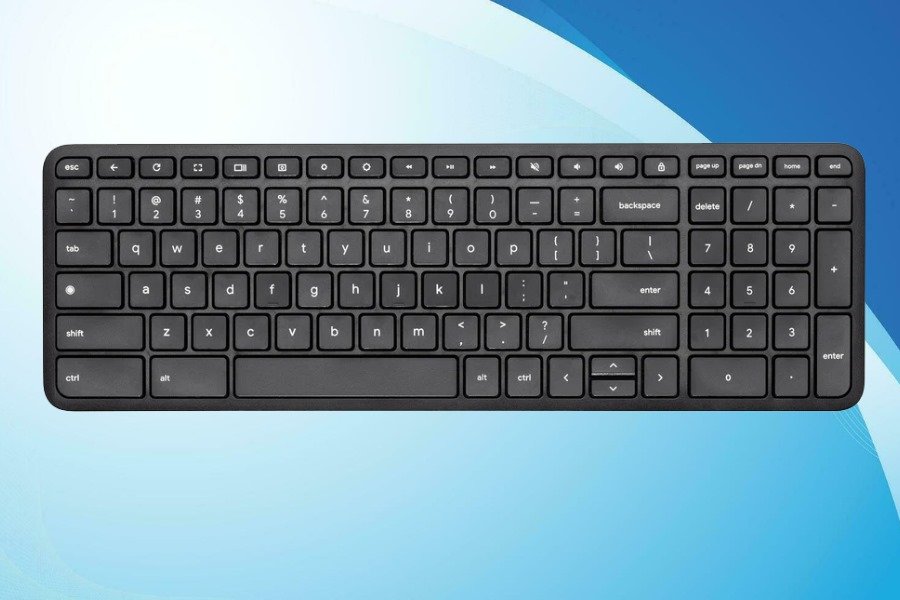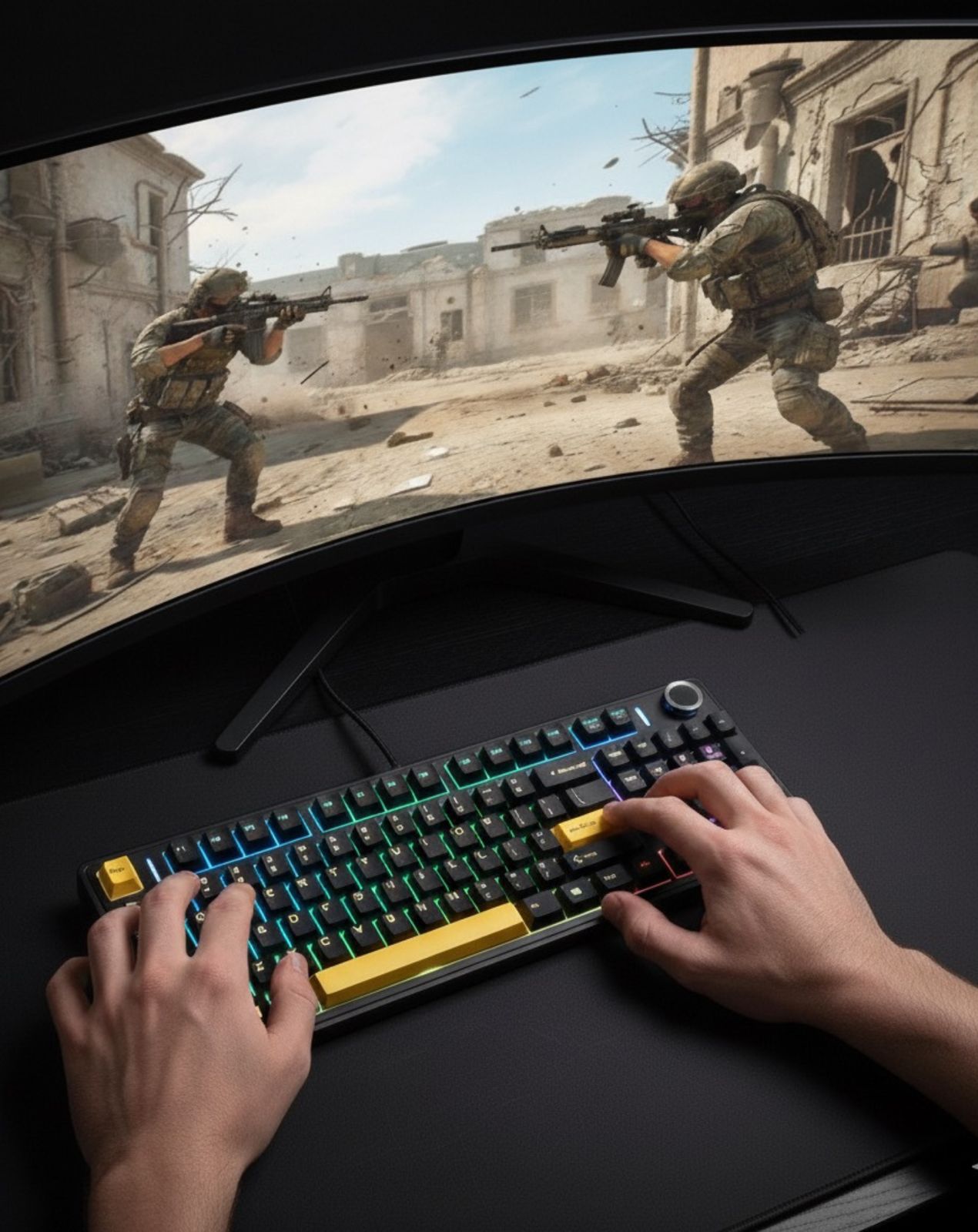In today’s digital age, Bluetooth keyboards are becoming increasingly popular for their versatility and wireless convenience. Whether you’re a student, professional, gamer, or casual user, the right Bluetooth keyboard can elevate your typing experience. But with countless options on the market, how do you choose the perfect one for your needs? This comprehensive guide will help you identify the key factors to consider when selecting the ideal Bluetooth keyboard.
1. Understand Your Primary Purpose
The first step in choosing a Bluetooth keyboard is to determine its primary purpose. Different use cases require different features.
- For Professionals: Look for a keyboard with ergonomic designs, excellent typing feedback, and multi-device connectivity.
- For Gamers: Opt for one with fast response times, customizable RGB lighting, and anti-ghosting keys.
- For Casual Use: A compact and lightweight keyboard with basic functionality should suffice.
2. Assess Compatibility
Not all Bluetooth keyboards are universally compatible. Check that the keyboard supports your device’s operating system, whether it’s Windows, macOS, Android, or iOS. Many modern keyboards offer seamless compatibility across multiple platforms, allowing you to switch between devices easily.
3. Consider the Keyboard Layout
The layout of a keyboard can significantly affect your typing comfort and efficiency.
- Full-Size Keyboards: These include a number pad and are ideal for accountants or professionals who work with numbers.
- Compact Keyboards: These omit the number pad and are perfect for those seeking portability.
- Ergonomic Keyboards: Designed to reduce strain during prolonged typing sessions, these are great for users prioritizing comfort.
4. Evaluate the Key Switch Type
The feel of a keyboard is largely determined by the type of key switches it uses. Bluetooth keyboards typically come with one of three switch types:
- Membrane Switches: Quiet and affordable but less tactile. Suitable for casual users.
- Scissor Switches: Common in laptops, offering a balance of tactile feedback and low noise. Ideal for professionals.
- Mechanical Switches: Highly tactile and customizable, these are favored by gamers and heavy typists.
5. Look for Multi-Device Connectivity
If you frequently switch between devices, a keyboard with multi-device connectivity can save time and effort. Some keyboards allow you to pair with multiple devices simultaneously, switching between them with the press of a button.
6. Battery Life Matters
Battery life is a crucial consideration, especially for those who work on the go. Bluetooth keyboards typically come with two types of power sources:
- Rechargeable Batteries: Convenient and eco-friendly. Look for keyboards with USB-C charging for faster recharges.
- Replaceable Batteries: Longer-lasting but require periodic replacement.
A keyboard with excellent battery efficiency can last weeks or even months on a single charge.
7. Portability and Design
If you plan to use your keyboard in multiple locations, portability should be a priority. Compact, lightweight keyboards are easier to carry, while foldable options can fit in your bag. For stationary setups, larger keyboards with added features like wrist rests may be more suitable.
8. Pay Attention to Build Quality
Durability is important, especially if you’re investing in a high-end keyboard. Look for:
- Material Quality: Aluminum or high-grade plastic is preferable for long-lasting use.
- Keycap Durability: Laser-etched or double-shot keycaps resist fading.
9. Examine Special Features
Many Bluetooth keyboards come with extra features to enhance functionality:
- Backlighting: Useful for typing in low-light environments. RGB lighting is a bonus for gamers.
- Programmable Keys: Helpful for gamers and professionals who want to create shortcuts.
- Touchpads or Trackpoints: These eliminate the need for a separate mouse.
10. Check Latency and Connectivity
For gamers or anyone requiring fast response times, low-latency Bluetooth connectivity is crucial. Advanced keyboards now feature Bluetooth 5.0 or higher for stable and speedy connections.
11. Budget Considerations
Bluetooth keyboards are available at various price points. While it’s tempting to choose the cheapest option, investing in a quality keyboard can save you money in the long run by reducing the need for replacements.
12. Read Reviews and Ratings
Before making a purchase, research user reviews and expert opinions. Real-world feedback can provide insights into the keyboard’s performance, reliability, and overall satisfaction.
13. Test Before You Buy
Whenever possible, test the keyboard in-store to get a feel for its key travel, tactile feedback, and overall comfort. If buying online, ensure the retailer has a good return policy.
14. Maintenance Tips
To prolong the lifespan of your Bluetooth keyboard, follow these maintenance tips:
- Clean the keys regularly with a soft, damp cloth.
- Avoid eating or drinking near the keyboard to prevent spills.
- Store the keyboard in a protective case when traveling.
Choosing the perfect Bluetooth keyboard depends on understanding your needs, preferences, and the features that matter most to you. By evaluating compatibility, design, and functionality, you can find a keyboard that enhances your productivity, comfort, and enjoyment. Whether you’re typing an important report, gaming with friends, or simply browsing the web, the right Bluetooth keyboard can make all the difference. Take your time, explore your options, and invest in a keyboard that meets your specific requirements.




